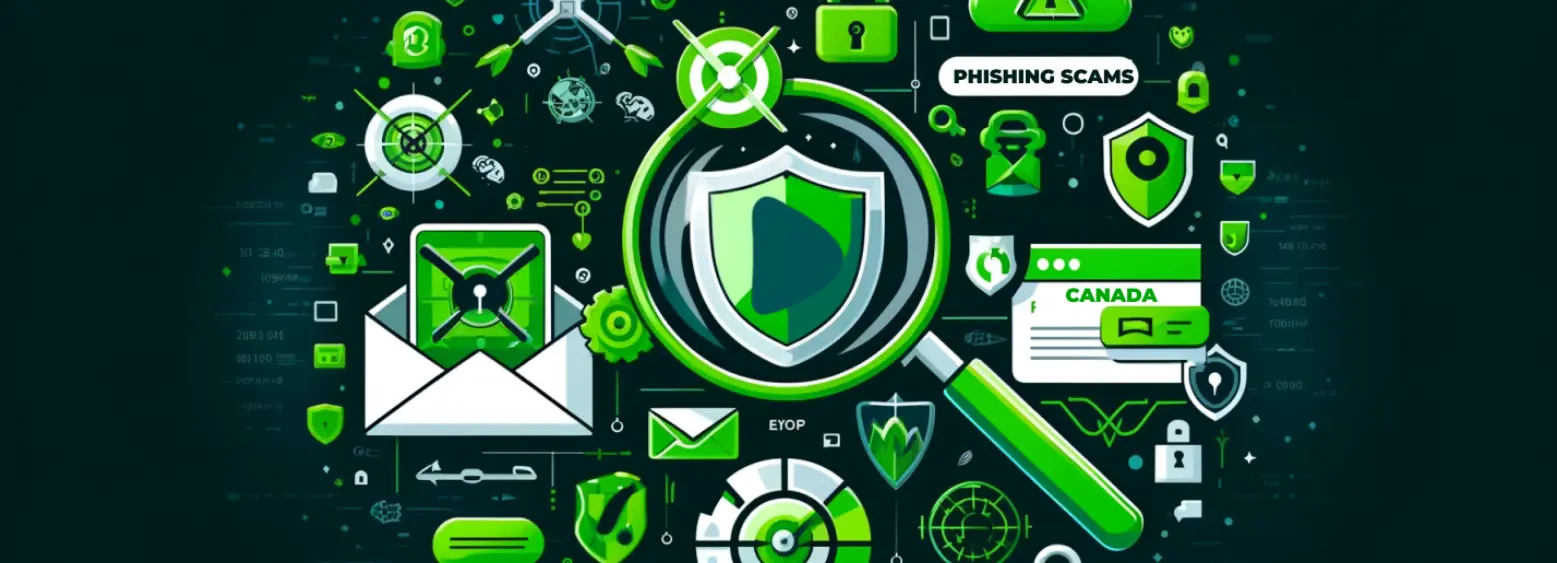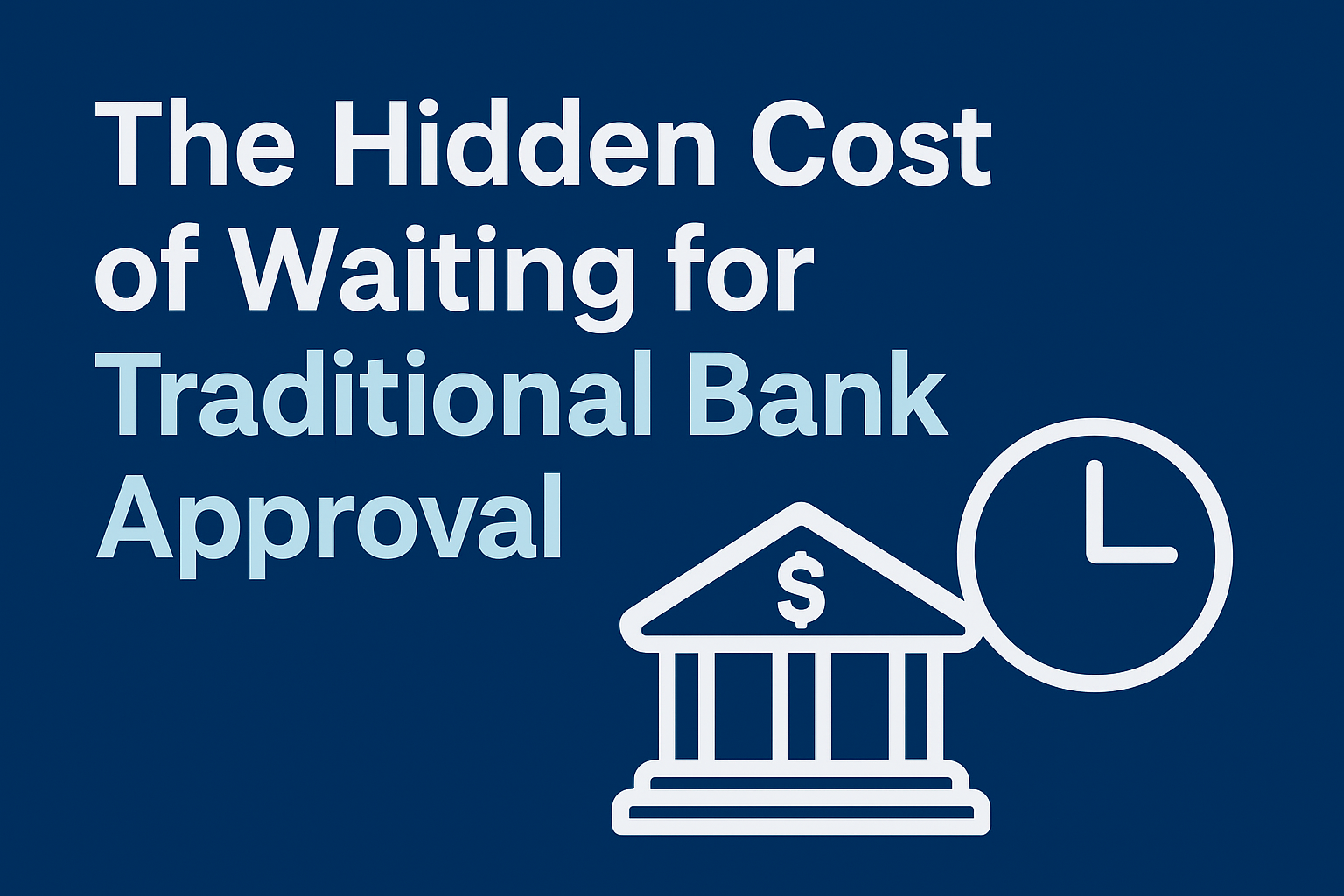
How to Identify and Avoid Phishing Scams in Canada
In today's digital age, email phishing scams have become a significant threat to Canadians, especially those with an interest in finance, entrepreneurship, business, and building companies. These sophisticated scams can lead to financial losses, identity theft, and damage to your professional reputation. In this comprehensive guide, we'll explore powerful strategies for identifying and avoiding phishing scams in Canada.
Understanding Phishing Scams
Phishing scams are fraudulent attempts to obtain sensitive information such as usernames, passwords, and credit card details by disguising as trustworthy entities. These attacks can take various forms, including emails, text messages, or even phone calls. In Canada, email phishing scams are the most common type.
Recognizing Phishing Scams: Key Indicators
Suspicious Emails: Phishing emails often contain misspelled words, poor grammar, and a sense of urgency. They may ask you to click on a link or provide personal information.
Requests for Sensitive Information: Legitimate organizations will never ask for your passwords or other sensitive information via email. Be wary of any request for such information.
Links to Fake Websites: Phishing emails often contain links to fake websites designed to steal your information. Hover over the link without clicking to see the actual URL.
Unexpected Attachments: Unsolicited email attachments can contain malware that installs on your device when opened. Be cautious and verify the sender's identity before opening any attachments.
Preventing Phishing Scams: Proactive Measures
Two-Factor Authentication (2FA): Enable 2FA for all your email accounts, financial institutions, and other sensitive services to add an extra layer of security.
Email Filtering: Use spam filters and email filtering tools to block known phishing emails.
Regular Software Updates: Keep your operating system, web browser, and antivirus software updated to protect against the latest threats.
Phishing Simulation Training: Regularly train your employees on how to identify and respond to phishing attempts.
Real-Life Examples of Phishing Scams in Canada
In 2021, a major Canadian bank reported a significant increase in email phishing scams targeting its customers. The emails appeared to be from the bank, requesting customers to click on a link and provide their login credentials. By raising awareness and implementing stronger security measures, the bank was able to minimize the damage caused by these attacks.
Conclusion: Stay Vigilant and Protect Your Digital Assets
Phishing scams are a real threat to Canadians, especially those with an interest in finance, entrepreneurship, business, and building companies. By understanding the key indicators of phishing emails, implementing proactive measures, and staying informed about the latest threats, you can protect your digital assets and maintain your professional reputation.
It is therefore imperative to be aware of the tactics used by cybercriminals in today's digital landscape. By following these best practices, you can significantly reduce the risk of falling victim to a phishing scam.
Stay informed and stay safe!
Suspicious Emails: Phishing emails often contain misspelled words, poor grammar, and a sense of urgency. They may ask you to click on a link or provide personal information.
Requests for Sensitive Information: Legitimate organizations will never ask for your passwords or other sensitive information via email. Be wary of any request for such information.
Links to Fake Websites: Phishing emails often contain links to fake websites designed to steal your information. Hover over the link without clicking to see the actual URL.
Unexpected Attachments: Unsolicited email attachments can contain malware that installs on your device when opened. Be cautious and verify the sender's identity before opening any attachments.
Two-Factor Authentication (2FA): Enable 2FA for all your email accounts, financial institutions, and other sensitive services to add an extra layer of security.
Email Filtering: Use spam filters and email filtering tools to block known phishing emails.
Regular Software Updates: Keep your operating system, web browser, and antivirus software updated to protect against the latest threats.
Phishing Simulation Training: Regularly train your employees on how to identify and respond to phishing attempts.



